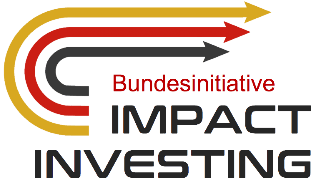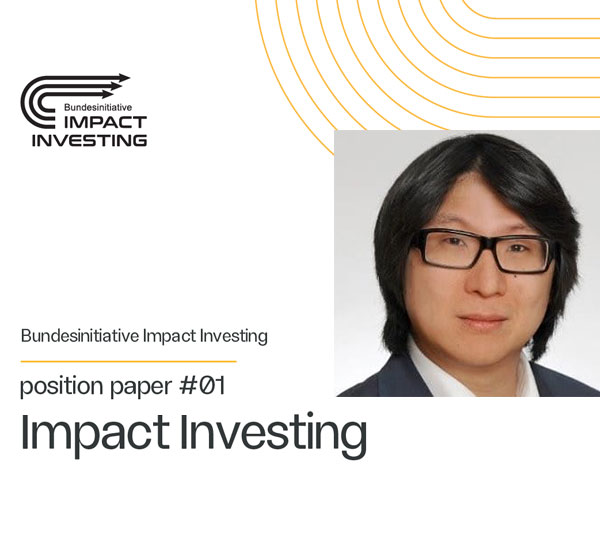In celebration of the release of our English position paper, we engaged in a dialogue with Young-Jin Choi, Director of Impact & ESG at Vidia Equity, lead author of the position paper and Co-lead of Arbeitskreis Wirkungsmessung und Wirkungsmanagement. Our conversation delves into its content, objectives, the four defining characteristics of impact investing, and the significance of distinguishing between different ESG and impact investing approaches:
What does the position paper #01 Impact Investing say specifically? What is its purpose?
Young-Jin Choi: The position paper shows different nuances associated with the term “impact investing”. The paper’s main purpose is to make these nuances transparent and to define ideal characteristics of what the Bundesinitiative Impact Investing considers a “genuine” impact investing practice.
At the same time, it should allow for recognizing thematic real-world impact strategies or real-world impact-aligned investing practices as meaningful and desirable.
What exactly is meant by the four core characteristics that must be fulfilled in the normative definition for “genuine” impact investing?
Young-Jin Choi: Even though it is probably obvious, it is worthwhile to clearly state that the creation of net-positive real-world impact by an asset’s activities (or its transformation) is key to impact investing. Impact investors not only care about an asset’s real-world impact performance but also seek to contribute through their own activities to an impact performance improvement that would be unlikely in their absence. Moreover, impact investors clearly document their real-world impact intent, impact accountability and impact goals early on, as an integral part of their investment strategy. Finally, during their investment operations, they make extra efforts to continuously measure and manage their portfolio’s impact performance against these goals.
Why is it important to distinguish different approaches and to differentiate clearly between impact and ESG approaches?
Young-Jin Choi: In recent years, there has been some confusion when it comes to what it is that distinguishes “genuine” impact investing from “conventional” ESG approaches. This may lead to an overpromise of ESG-driven real-world impact or an underappreciation of impact assets’ and impact investors’ positive contributions to solving societal problems. Greater clarity can help us to better recognize and appreciate what ESG and impact investing can and cannot deliver. However, it is important to note that we are currently in a serious climate emergency that necessitates broader systemic changes to the current economic system design, which determines market prices and reward structures, at a scale and depth that goes far beyond what ESG and impact investors can deliver absent these changes.

